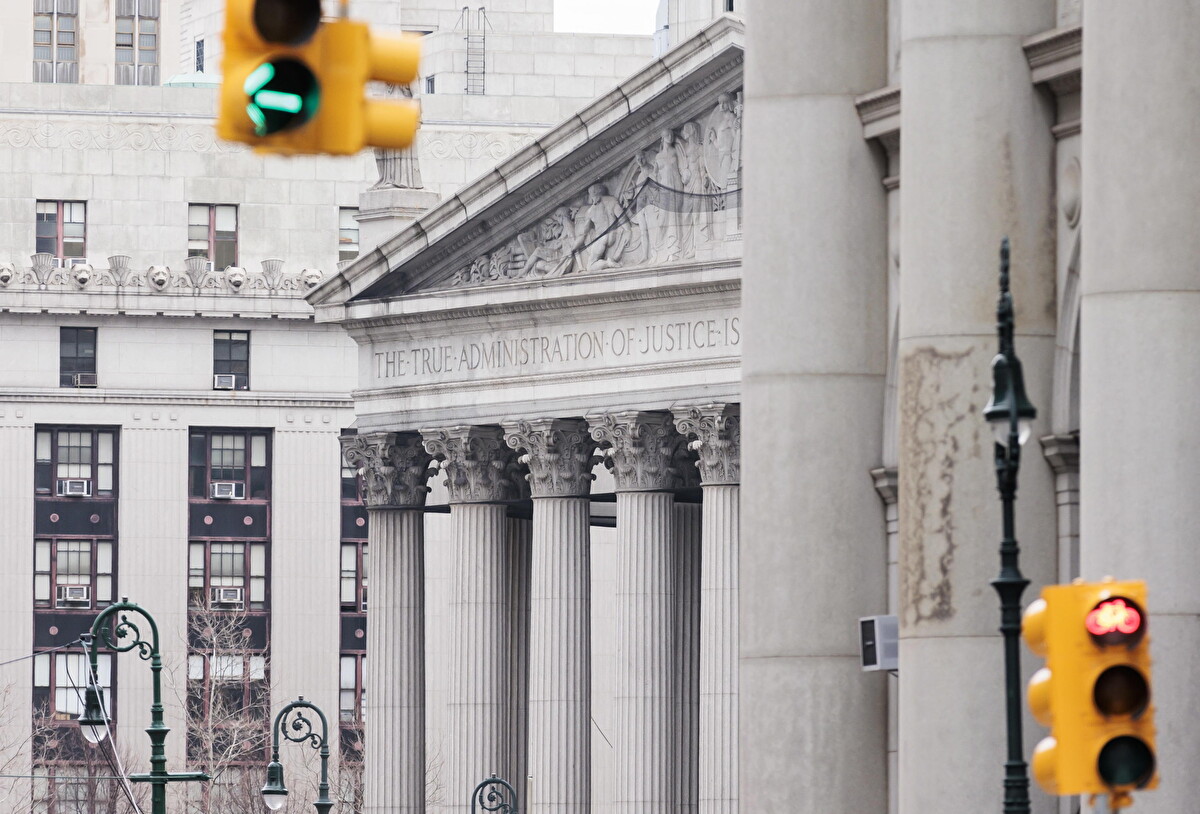Recent census data reveals a concerning trend in New York: the city’s population decreased by nearly 78,000 in 2023, marking a continued decline over recent years. This drop follows a more significant loss of over 126,000 residents in 2022, contributing to a total reduction of almost 550,000 people since April 2020, which represents over 6 percent of the city’s population. Though the variety of factors is complex, the global pandemic likely bears the brunt of the blame.
City officials, however, contest these figures, suggesting the census failed to fully capture the influx of migrants and residents in group settings like shelters and dormitories. According to Department of City Planning spokesman Casey Berkovitz, around 180,000 migrants arrived since spring 2022, with 64,600 still under the city’s care. The city plans to collaborate with the Census Bureau to refine these estimates, believing the population has now stabilized and anticipating future growth.
This optimism is somewhat reflected in Manhattan’s slight population increase, the only borough to see growth in 2023, hinting at a partial recovery predominantly in wealthier areas. Yet, the city’s overall demographic shift raises questions about long-term implications, especially concerning the economic divide and potential tax revenue impacts.
The data points to a disproportionate exodus of lower and middle-income families, often due to affordability and housing challenges, with significant numbers of Black and Hispanic residents moving. Such trends prompt policymakers to consider fiscal strategies carefully, including the contested issue of raising taxes for the affluent to support city services.
As New York City grapples with these demographic and economic shifts rippling from the COVID-19 pandemic, the focus turns to how it will navigate recovery and address inequalities.












